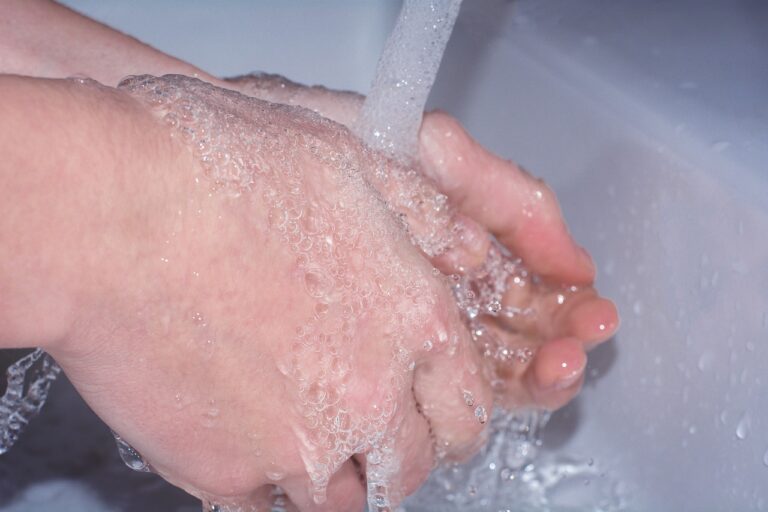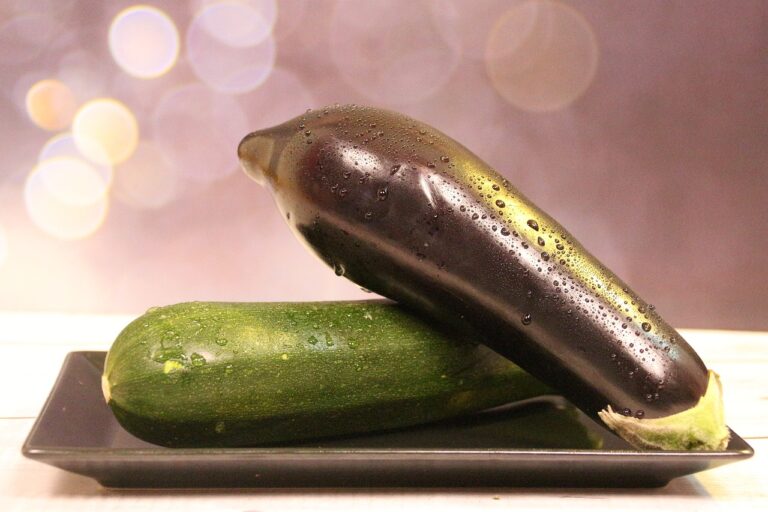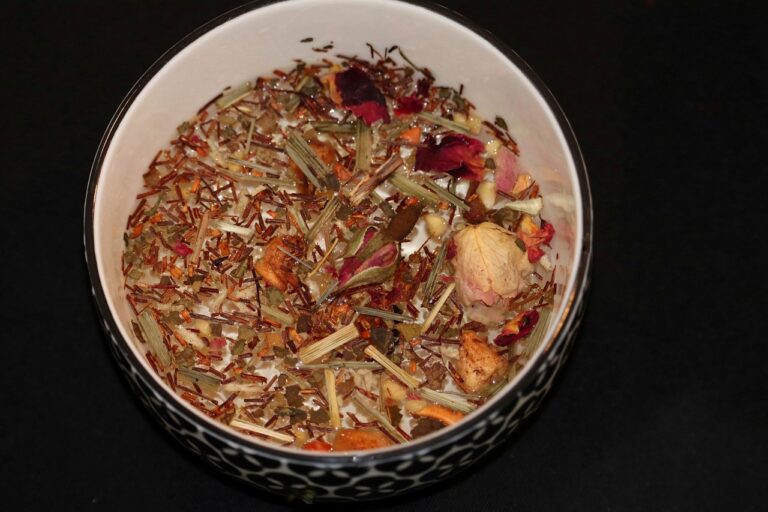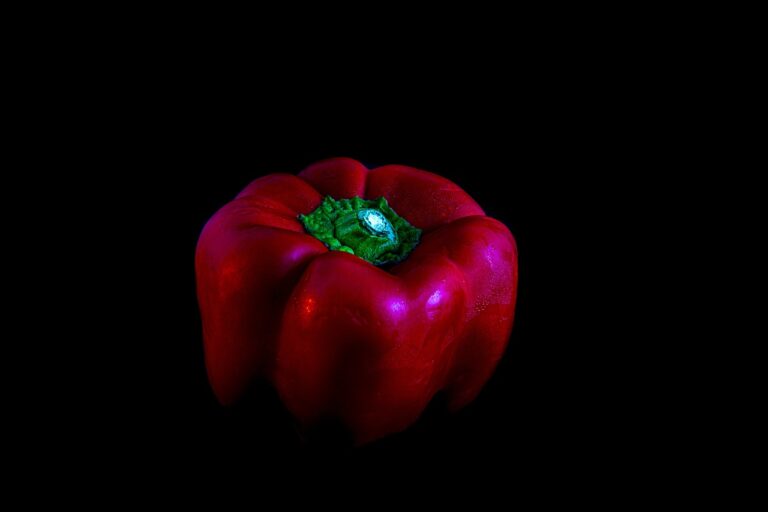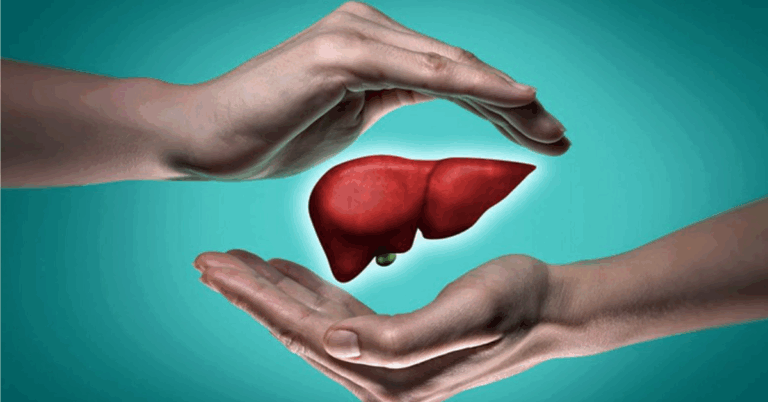TCM Tuina in Singapore: A Comprehensive Guide
Traditional Chinese Medicine (TCM) is a holistic approach to healthcare that has been practiced for thousands of years. Among its many modalities, TCM Tuina Singapore is one of the most powerful forms of therapeutic massage. In Singapore, TCM has gained immense popularity due to its effectiveness in treating a wide range of conditions, and Tuina plays a central role in this. This article explores the history, techniques, benefits, and practical aspects of Tuina, along with a Frequently Asked Questions (FAQ) section.
What is Tuina?
Tuina (pronounced “twee-nah”) is an ancient form of Chinese therapeutic massage that uses hand techniques to stimulate acupressure points and meridians throughout the body. It is one of the four main pillars of TCM, along with herbal medicine, acupuncture, and qigong. Tuina is designed to balance the flow of qi (vital energy) and blood within the body, helping to promote health and alleviate pain. While Tuina is often compared to Western massage techniques, it is distinct in its approach, incorporating TCM principles to target specific ailments and restore harmony in the body.
The History of Tuina
The roots of Tuina date back over 2,000 years to ancient China, where it was considered an integral part of TCM. Historical texts mention Tuina techniques used in treating various ailments and injuries, from joint pain to digestive disorders. The term “Tuina” is derived from two Chinese characters: “Tui” meaning to push, and “Na” meaning to lift or pull. These actions form the basis of the therapeutic techniques used in Tuina.
Originally, Tuina was practiced by physicians who were trained in the intricacies of TCM. Over time, it has become more accessible to the general public and is now a well-established practice in TCM clinics and wellness centers worldwide, including in Singapore.
Techniques of Tuina
Tuina involves a variety of hand techniques, each designed to address different aspects of health. These techniques are often applied to the skin, muscles, and acupuncture points, with the goal of stimulating energy flow and relieving tension. Some of the primary Tuina techniques include:
Tui (Push): This involves applying firm pressure with the hands, fingers, or palms to specific points or areas of the body. The goal is to stimulate the flow of qi and blood, relieve pain, and relax muscles.
Na (Lift and Pull): This technique is used to stretch and manipulate the muscles and joints, improving flexibility and relieving muscle stiffness.
An (Press): Pressure is applied directly to acupuncture points or areas of tension on the body. This technique is useful for addressing blockages in the flow of energy and relieving pain.
Rou (Knead): Gentle kneading motions are used to relax the muscles and promote blood circulation. This technique can help reduce stress and improve overall well-being.
Cai (Scrape): Involves using a scraping motion along the skin to stimulate blood flow and relieve tension. This technique can be especially effective for conditions like muscle tightness and stiffness.
Zhen (Shake): This technique involves shaking or vibrating certain parts of the body to release tension and improve energy circulation.
Each of these techniques is used in a personalized manner, depending on the individual’s specific condition and needs. The practitioner may also incorporate stretches or joint mobilization to improve range of motion.
Benefits of Tuina
Tuina is a highly effective treatment for a wide variety of health issues. By balancing the flow of qi and blood, it promotes healing and overall well-being. Below are some of the main benefits of Tuina:
Pain Relief: Tuina is especially effective in treating musculoskeletal pain, including back pain, neck pain, shoulder tension, and joint pain. The massage techniques stimulate blood circulation, reduce muscle tension, and alleviate pain.
Improved Flexibility: The manipulation of muscles and joints helps to increase flexibility and range of motion. This makes Tuina a great option for individuals with stiffness or limited mobility.
Stress Reduction: Like other forms of massage, Tuina helps to relax the body and mind. By improving the flow of qi and blood, it can reduce anxiety, promote mental clarity, and enhance emotional well-being.
Digestive Health: Tuina is used in TCM to address digestive issues, such as bloating, constipation, and indigestion. Certain techniques are applied to stimulate the abdominal area and promote healthy digestion.
Improved Circulation: The pressure and movements involved in Tuina help to stimulate blood flow, which can improve circulation and support overall cardiovascular health.
Enhances Immune Function: Regular Tuina sessions can boost the body’s immune system by promoting the proper flow of energy and supporting the body’s natural ability to heal itself.
Headache Relief: Many individuals turn to Tuina for relief from headaches, including migraines and tension headaches. By targeting specific acupressure points, Tuina can help alleviate the intensity and frequency of headaches.
Posture Correction: Tuina can help individuals improve posture by relaxing tight muscles and promoting better alignment of the spine.
Chronic Fatigue: By improving energy flow and relieving physical tension, Tuina can help combat chronic fatigue and boost energy levels.
Tuina in Singapore
Singapore has a rich tradition of TCM, and Tuina has become a popular therapy in the city-state. Many TCM clinics in Singapore offer Tuina as part of their treatment programs, and it is widely sought after for its holistic benefits. Whether you are looking for relief from pain, stress, or other health issues, Tuina can be an effective solution. In addition, Tuina is often used in combination with other TCM therapies, such as acupuncture and herbal medicine, to enhance its effects.
How Tuina Works in Practice
A typical Tuina session starts with an initial consultation, where the practitioner will assess your health concerns and determine the best treatment approach. The therapist will then use a variety of techniques to treat the affected areas of your body. Most Tuina sessions last between 30 to 60 minutes, depending on the treatment needs.
During the session, you may be asked to lie on a treatment table or sit in a comfortable position, depending on the areas being treated. The practitioner will apply various hand techniques, focusing on areas of tension or discomfort. It is important to communicate with your practitioner during the session, as the pressure can sometimes feel intense, but it should never be painful.
Who Should Consider Tuina?
Tuina is suitable for individuals of all ages and health conditions, but it is especially beneficial for those with musculoskeletal issues, stress, and chronic pain. If you suffer from any of the following conditions, Tuina may be a helpful treatment option:
Chronic back, neck, or shoulder pain
Joint pain or stiffness
Sports injuries
Muscle tension or spasms
Stress, anxiety, or insomnia
Digestive issues (constipation, bloating, etc.)
Headaches or migraines
However, Tuina may not be suitable for individuals with certain medical conditions, such as severe osteoporosis, fractures, or skin conditions. It is important to consult with your healthcare provider or TCM practitioner before starting any new therapy.
Frequently Asked Questions (FAQ)
Is Tuina painful? Tuina can be intense, especially if you have muscle tension or chronic pain. However, it should not be painful. You may experience some discomfort as tight areas are worked on, but it should be manageable. Always communicate with your practitioner to ensure the pressure is comfortable.
How often should I receive Tuina treatments? The frequency of Tuina treatments depends on your condition and health goals. For acute pain, you may need to visit more frequently, such as 2-3 times per week. For general maintenance or chronic conditions, once a week or every other week may suffice.
Can Tuina be combined with other TCM treatments? Yes, Tuina is often used alongside other TCM treatments such as acupuncture, herbal medicine, and qigong. Combining these therapies can enhance the overall effectiveness of treatment.
Are there any side effects of Tuina? Tuina is generally considered safe when performed by a trained practitioner. However, some people may experience mild soreness or bruising after a session, especially if they have tight muscles. These side effects are usually temporary and should subside within a day or two.
Can Tuina help with stress and anxiety? Yes, Tuina is an effective way to reduce stress and promote relaxation. By improving the flow of qi and blood, Tuina can help to calm the mind, reduce anxiety, and improve sleep quality.
Is Tuina suitable for children or elderly individuals? Yes, Tuina can be adapted for children and elderly individuals. For children, gentle techniques are used to address conditions like colic or sleep problems. For the elderly, Tuina can help with mobility, pain relief, and overall health maintenance.
Conclusion
Tuina is a highly effective, non-invasive therapy that offers numerous health benefits. Whether you are dealing with chronic pain, stress, or simply looking to improve your overall well-being, Tuina can be an excellent addition to your wellness routine. In Singapore, Tuina is widely available, and experienced practitioners can provide personalized treatments to help you achieve optimal health.


